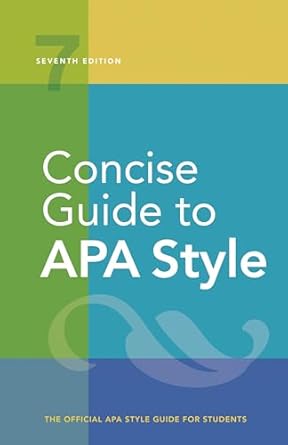[toc]
date elements in references a comprehensive guide
Concise Guide to APA Style: 7th Edition (OFFICIAL)
Page 245 Review
DOCTYPE html>
Analyzing Date Elements in References: A Deep Dive
Understanding the Importance of Date Elements in Academic References
In academic writing, precise and accurate referencing is paramount.
One crucial component of any reference is the date element, which indicates when the cited work was published.
This element helps readers understand the context of the information and assess its relevance and validity.
According to the guidelines, “In a reference, the date refers to the date of publication.”
Different Forms of Date Elements
The date element can appear in various formats, depending on the nature of the source material.
Here are the acceptable formats:
- Year Only: This is the most common format.
- Year, Month, and Day: Used for more specific references.
- Year and Month: Provides more granularity than just the year.
- Year and Season: Useful for materials published seasonally.
- Range of Dates: Used for works published over a period.
The text highlights these variations: “The date may take one of the following forms: year only; year, month, and day (i.e., an exact date); year and month; year and season; or range of dates (e.g., range of years, range of exact dates).”
Specific Guidelines for Different Types of Sources
The guidelines provide specific instructions for determining the correct date for different types of sources:
- Books: “For books, use the copyright date shown on the work’s copyright page as the publication date in the reference, even if the copyright date is different from the release date (e.g., 2020 would be the date in the reference for a book released in December 2019 with a 2020 copyright date).” This means prioritizing the copyright date over the release date.
- Journal Articles: “For a journal article reference, use the year of the volume, even if it is different from the copyright year.”
- Webpages and Websites: This is where it gets trickier.
The provided text emphasizes the importance of accurate date sourcing: “When citing webpages and websites (see Section 10.14), ensure that the copyright date applies to the content you are citing.
Do not use a copyright date from a webpage or website footer because this date may not indicate when the content on the site was published.
If a note indicates the “last updated” date of the page, use that date if it applies to the content you are citing (see Section 9.15).
If no separate date of publication is indicated for the work on the webpage, treat the work as having no date (see Section 9.17).” It means that using a date from the webpage footer can be misleading.
Look for a ‘last updated’ field that applies to the content, and if that’s not available treat the work as having no date.
Formatting the Date Element
Proper formatting is essential for consistency and clarity.
The guidelines specify:
- “Enclose the date of publication in parentheses, followed by a period: (2020).”
- “For works from a reference category that includes the month, day, and/or season along with the year, put the year first, followed by a comma, and then the month and date or season: (2020, August 26). (2020, Spring/Summer).”
Special Cases: Unpublished or In-Progress Works
For works that are not formally published, such as unpublished manuscripts or works in progress, the guidelines offer specific advice: “For unpublished, informally published, or in-progress works, provide the year the work was produced (see Section 10.7).
Do not use “in progress” or “submitted for publication” in the date element of a reference.”
Conclusion
Accurately representing the publication date in references is essential for maintaining academic integrity.
Understanding the specific guidelines for various source types is crucial.
By following these rules, researchers and writers can ensure their citations are both precise and reliable.
Taking cues from the guidelines, be mindful of the type of reference.
If it’s a book, use the copyright.
For a journal article, use the volume’s year.
For webpages use an updated date applying to the cited content, and treat as if there is no date if one is not available.
Buy full ebook for only $18: https://www.lulu.com/shop/american-psychological-association/concise-guide-to-apa-style-7th-edition-official/ebook/product-rmzpq54.html?page=1&pageSize=4
Date Elements In References A Comprehensive Guide
Read more: APA Headings: Mastering Style for Academic Papers

